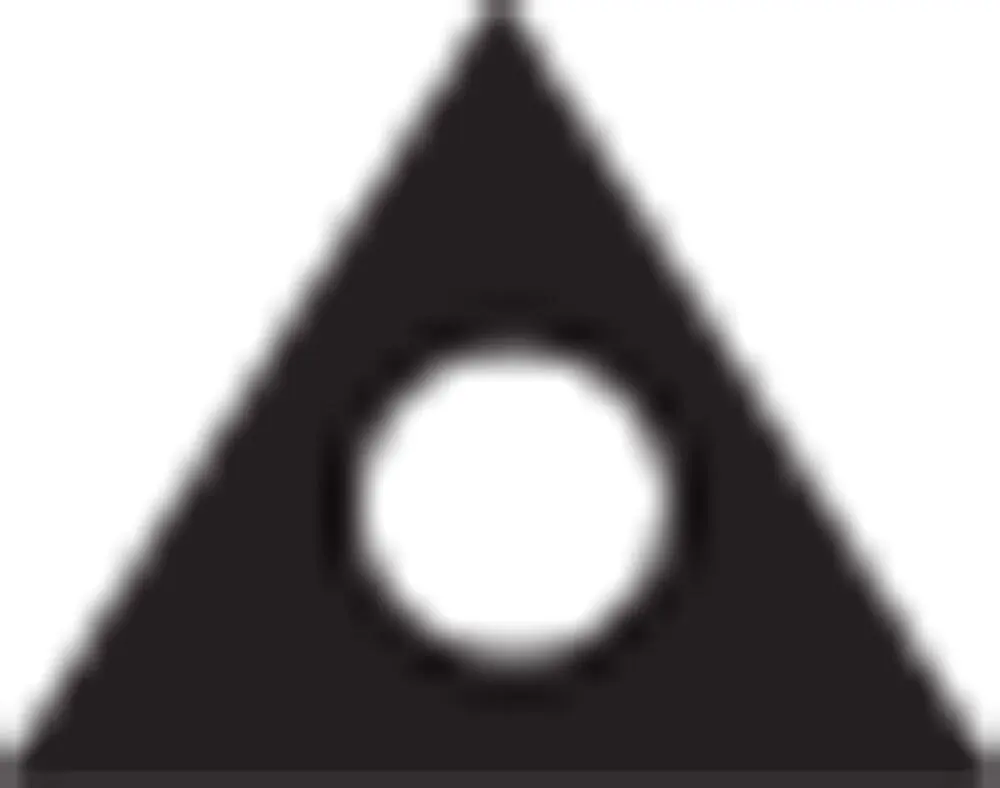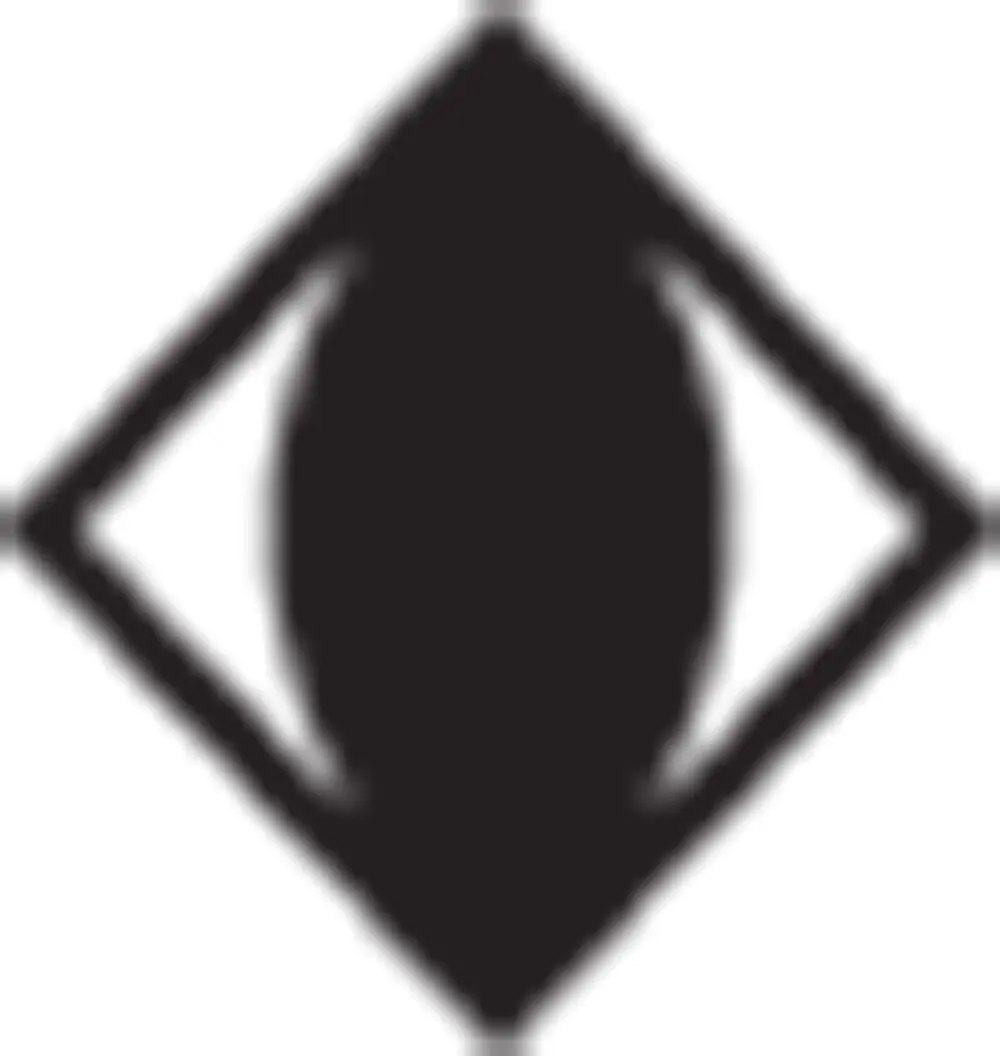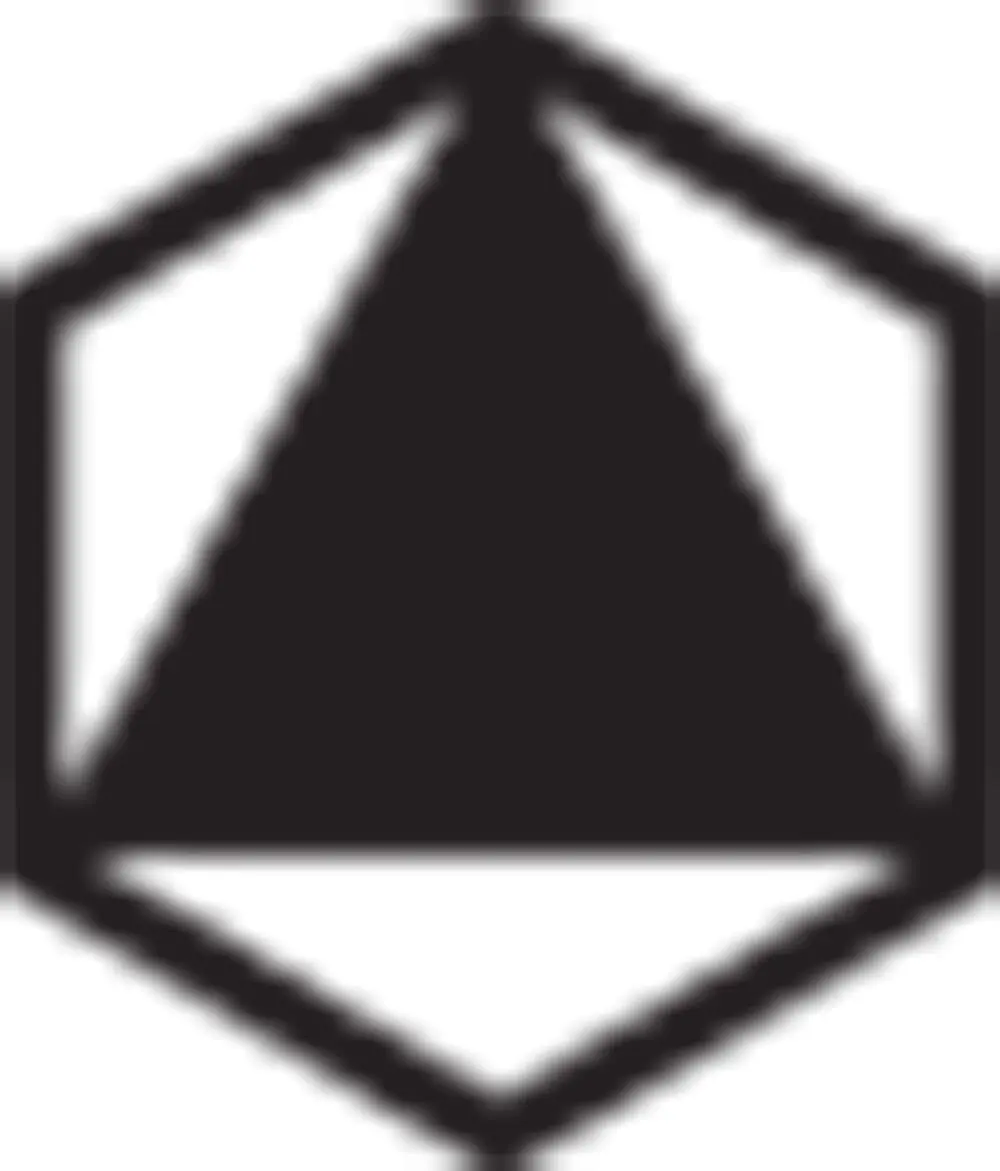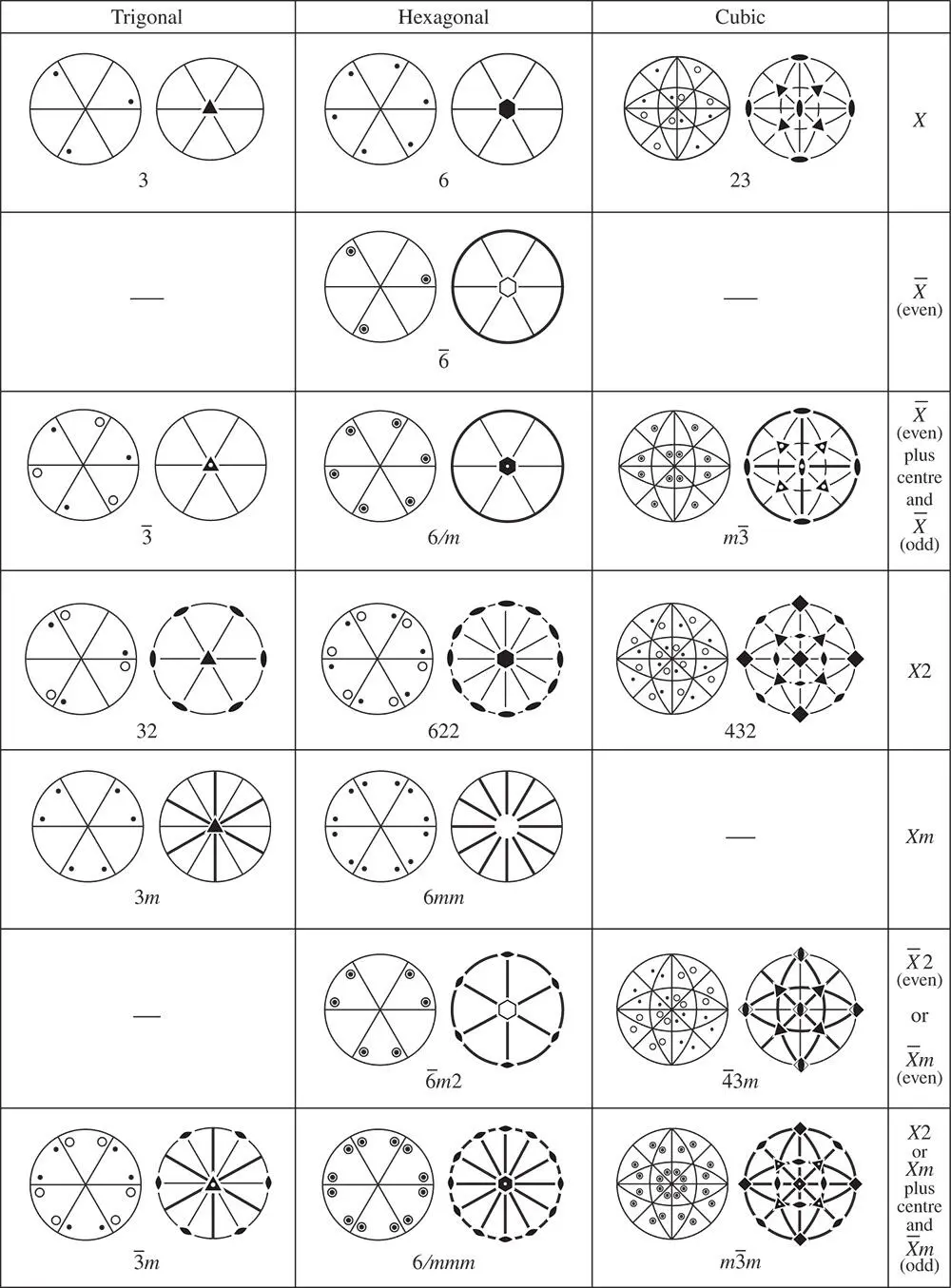Anthony Kelly - Crystallography and Crystal Defects
Здесь есть возможность читать онлайн «Anthony Kelly - Crystallography and Crystal Defects» — ознакомительный отрывок электронной книги совершенно бесплатно, а после прочтения отрывка купить полную версию. В некоторых случаях можно слушать аудио, скачать через торрент в формате fb2 и присутствует краткое содержание. Жанр: unrecognised, на английском языке. Описание произведения, (предисловие) а так же отзывы посетителей доступны на портале библиотеки ЛибКат.
- Название:Crystallography and Crystal Defects
- Автор:
- Жанр:
- Год:неизвестен
- ISBN:нет данных
- Рейтинг книги:3 / 5. Голосов: 1
-
Избранное:Добавить в избранное
- Отзывы:
-
Ваша оценка:
Crystallography and Crystal Defects: краткое содержание, описание и аннотация
Предлагаем к чтению аннотацию, описание, краткое содержание или предисловие (зависит от того, что написал сам автор книги «Crystallography and Crystal Defects»). Если вы не нашли необходимую информацию о книге — напишите в комментариях, мы постараемся отыскать её.
explains the modern concepts of crystallography in a clear, succinct manner and shows how to apply these concepts in the analyses of point, line and planar defects in crystalline materials.
Fully revised and updated, this book now includes:
Original source references to key crystallographic terms familiar to materials scientists Expanded discussion on the elasticity of cubic materials New content on texture that contains more detail on Euler angles, orientation distribution functions and an expanded discussion on examples of textures in engineering materials Additional content on dislocations in materials of symmetry lower than cubic An expanded discussion of twinning which includes the description and classification of growth twins The inclusion and explanation of results from atomistic modelling of twin boundaries Problem sets with new questions, detailed worked solutions, supplementary lecture material and online computer programs for crystallographic calculations. Written by authors with extensive lecturing experience at undergraduate level,
continues to take its place as the core text on the topic and provides the essential resource for students and researchers in metallurgy, materials science, physics, chemistry, electrical, civil and mechanical engineering.


 shown in Figure 2.4repeats an object by rotation through 180° (360°/2) to give the dotted circle, followed by inversion to give the full circle. Similarly, the threefold inversion axis
shown in Figure 2.4repeats an object by rotation through 180° (360°/2) to give the dotted circle, followed by inversion to give the full circle. Similarly, the threefold inversion axis  involves rotation through 360°/3 = 120° coupled with an inversion. In general, an n ‐fold rotoinversion axis
involves rotation through 360°/3 = 120° coupled with an inversion. In general, an n ‐fold rotoinversion axis  involves rotation through an angle of 2 π / n coupled with inversion through a centre. The rotation and inversion are both part of the operation of repetition and must not be considered as separate operations. The operation of the various rotoinversion axes that can occur in crystals on a single initial pole is shown in Figure 2.5, with the pole of the rotoinversion axis at the centre of the primitive circle. The following symbols are used: inversion monad,
involves rotation through an angle of 2 π / n coupled with inversion through a centre. The rotation and inversion are both part of the operation of repetition and must not be considered as separate operations. The operation of the various rotoinversion axes that can occur in crystals on a single initial pole is shown in Figure 2.5, with the pole of the rotoinversion axis at the centre of the primitive circle. The following symbols are used: inversion monad,  , symbol ○; inversion diad,
, symbol ○; inversion diad,  , symbol ⋄; inversion triad,
, symbol ⋄; inversion triad,  , symbol
, symbol  ; inversion tetrad,
; inversion tetrad,  , symbol
, symbol  ; inversion hexad,
; inversion hexad,  , symbol
, symbol  . Inspection of Figures 2.2– 2.4shows that
. Inspection of Figures 2.2– 2.4shows that  is identical to a centre of symmetry,
is identical to a centre of symmetry,  is identical to a mirror plane normal to the inversion diad,
is identical to a mirror plane normal to the inversion diad,  is identical to a triad axis plus a centre of symmetry and
is identical to a triad axis plus a centre of symmetry and  is identical to a triad axis normal to a mirror plane (symbol 3/ m , the sign ‘/ m ’ indicating a mirror plane normal to an axis of symmetry). 2Only
is identical to a triad axis normal to a mirror plane (symbol 3/ m , the sign ‘/ m ’ indicating a mirror plane normal to an axis of symmetry). 2Only  is unique. The operation of repetition described by
is unique. The operation of repetition described by  cannot be reproduced by any combination of a proper rotation axis and a mirror plane or a centre of symmetry.
cannot be reproduced by any combination of a proper rotation axis and a mirror plane or a centre of symmetry. ,
,  ,
,  ,
,  and
and  rotoinversion axes constitute the 32 crystallographic point groups or crystal classes. These 32 classes are grouped into systems according to the presence of defining symmetry elements (see Table 1.3). Stereograms of each of the 32 crystallographic point groups or crystal classes are given in Figure 2.6, following the current conventions of the International Tables for Crystallography [3]. With the exception of the two triclinic point groups, each point group is depicted by two stereograms. The first stereogram shows how a single initial pole is repeated by the operations of the point group and the second stereogram shows all of the symmetry elements present. The nomenclature for describing the crystal classes is as follows. X indicates a rotation axis and
rotoinversion axes constitute the 32 crystallographic point groups or crystal classes. These 32 classes are grouped into systems according to the presence of defining symmetry elements (see Table 1.3). Stereograms of each of the 32 crystallographic point groups or crystal classes are given in Figure 2.6, following the current conventions of the International Tables for Crystallography [3]. With the exception of the two triclinic point groups, each point group is depicted by two stereograms. The first stereogram shows how a single initial pole is repeated by the operations of the point group and the second stereogram shows all of the symmetry elements present. The nomenclature for describing the crystal classes is as follows. X indicates a rotation axis and  an inversion axis. X/m is a rotation axis normal to a mirror plane, Xm a rotation axis with a mirror plane parallel to it and X 2 a rotation axis with a diad normal to it. X/mm indicates a rotation axis with a mirror plane normal to it and another parallel to it.
an inversion axis. X/m is a rotation axis normal to a mirror plane, Xm a rotation axis with a mirror plane parallel to it and X 2 a rotation axis with a diad normal to it. X/mm indicates a rotation axis with a mirror plane normal to it and another parallel to it.  is an inversion axis with a parallel plane of symmetry. A plane of symmetry is an alternative description of a mirror plane.
is an inversion axis with a parallel plane of symmetry. A plane of symmetry is an alternative description of a mirror plane.

 ,
,  ,
,  ,
,  and
and  . The remaining 16 can be described as combinations of the proper and improper rotation axes. It is convenient to begin first with the three crystal systems where the angles between the axes are all 90°, then to consider the hexagonal and trigonal crystal systems, before finally turning our attention to the monoclinic and triclinic systems.
. The remaining 16 can be described as combinations of the proper and improper rotation axes. It is convenient to begin first with the three crystal systems where the angles between the axes are all 90°, then to consider the hexagonal and trigonal crystal systems, before finally turning our attention to the monoclinic and triclinic systems.










